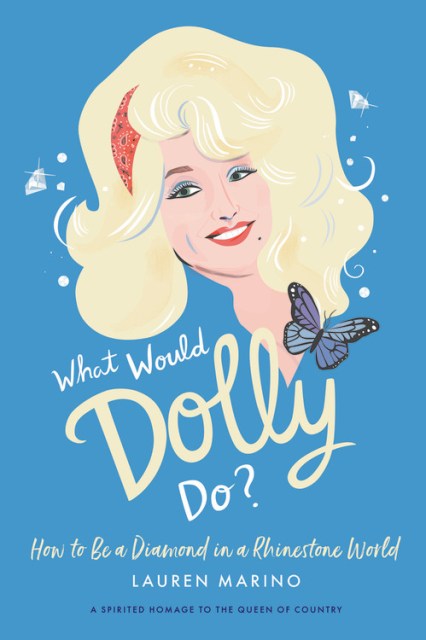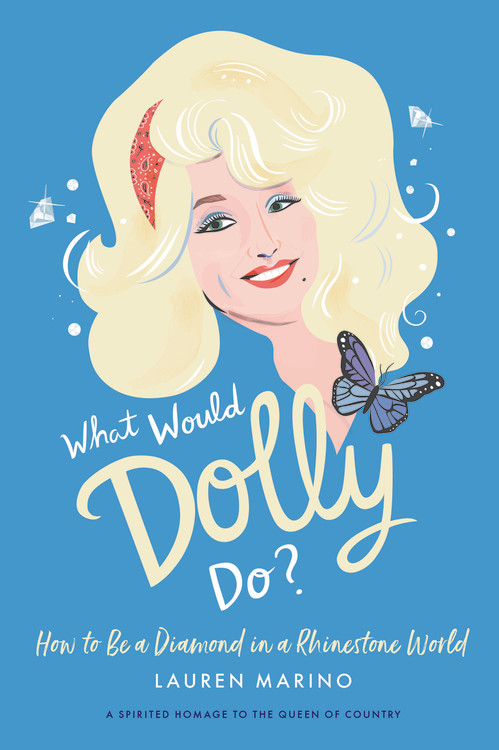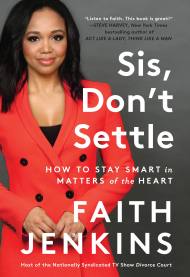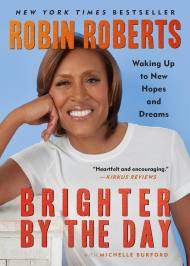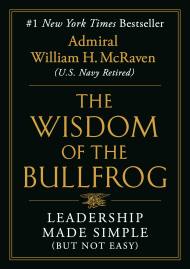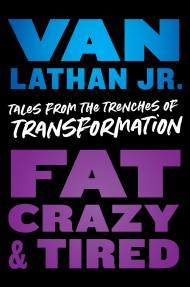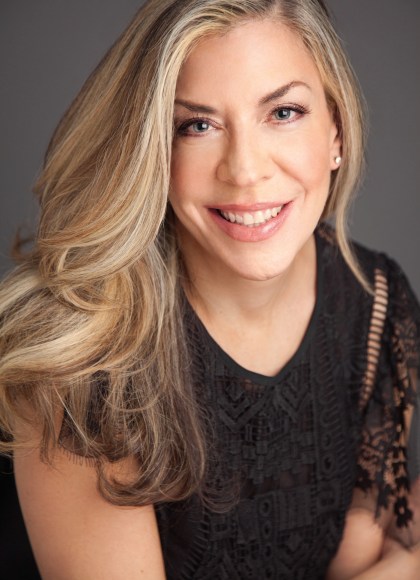Promotion
Use code MOM24 for 20% off site wide + free shipping over $45
What Would Dolly Do?
How to Be a Diamond in a Rhinestone World
Contributors
Formats and Prices
Price
$23.00Price
$29.00 CADFormat
Format:
- Hardcover $23.00 $29.00 CAD
- ebook $12.99 $16.99 CAD
- Audiobook Download (Unabridged)
This item is a preorder. Your payment method will be charged immediately, and the product is expected to ship on or around April 24, 2018. This date is subject to change due to shipping delays beyond our control.
Also available from:
One of twelve children raised in a shack in the foothills of the Appalachian Mountains, Dolly Parton grew to become an international superstar famous for classic songs such as “Jolene,” “9 to 5,” “The Coat of Many Colors,” and “I Will Always Love You.” She is a reflection of the American dream, a role model for the ages, and a mentor to a whole new generation of entertainers. There is much to be learned from her unique brand, her big heart and spirituality, her grit and work ethic.
This lively, illustrated book–part biography, part inspiration, part words of wisdom and life lessons–highlights the very best of the “Dolly Mama,” from her quotable Dollyisms, unrelenting positivity, and powerful spirituality, to her belief in the human ability to overcome adversity. Drawing on Dolly’s two autobiographies, cookbooks and songs; as well as artifacts; books by her family members; biographies; and decades worth of television, print interviews and performances, What Would Dolly Do? shows you how to tap into your Inner Dolly with confidence, faith, and humor.
Genre:
-
"This illustrated read highlights the best of Dolly's wisdom, positivity, and spirituality...this book helped me tap into my 'Inner Dolly' - her lessons made me feel inspired and confident!"First For Women
- On Sale
- Apr 24, 2018
- Page Count
- 256 pages
- Publisher
- Grand Central Publishing
- ISBN-13
- 9781538713006
Newsletter Signup
By clicking ‘Sign Up,’ I acknowledge that I have read and agree to Hachette Book Group’s Privacy Policy and Terms of Use
